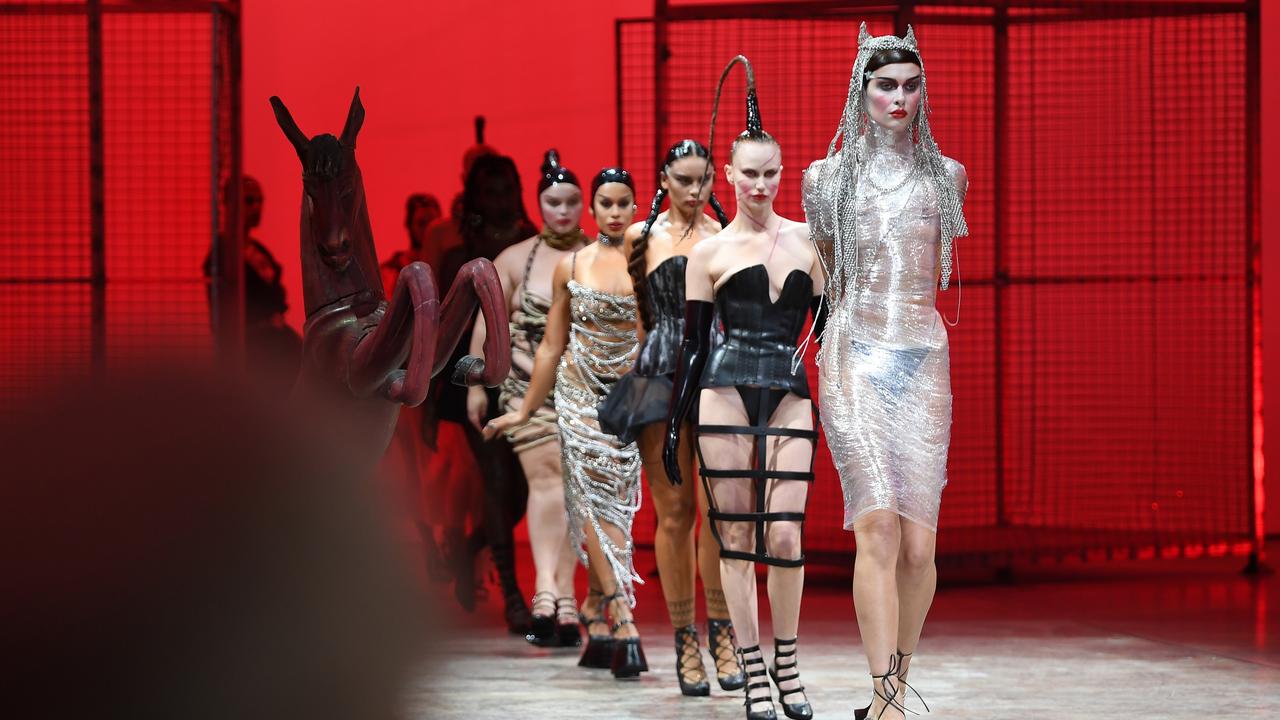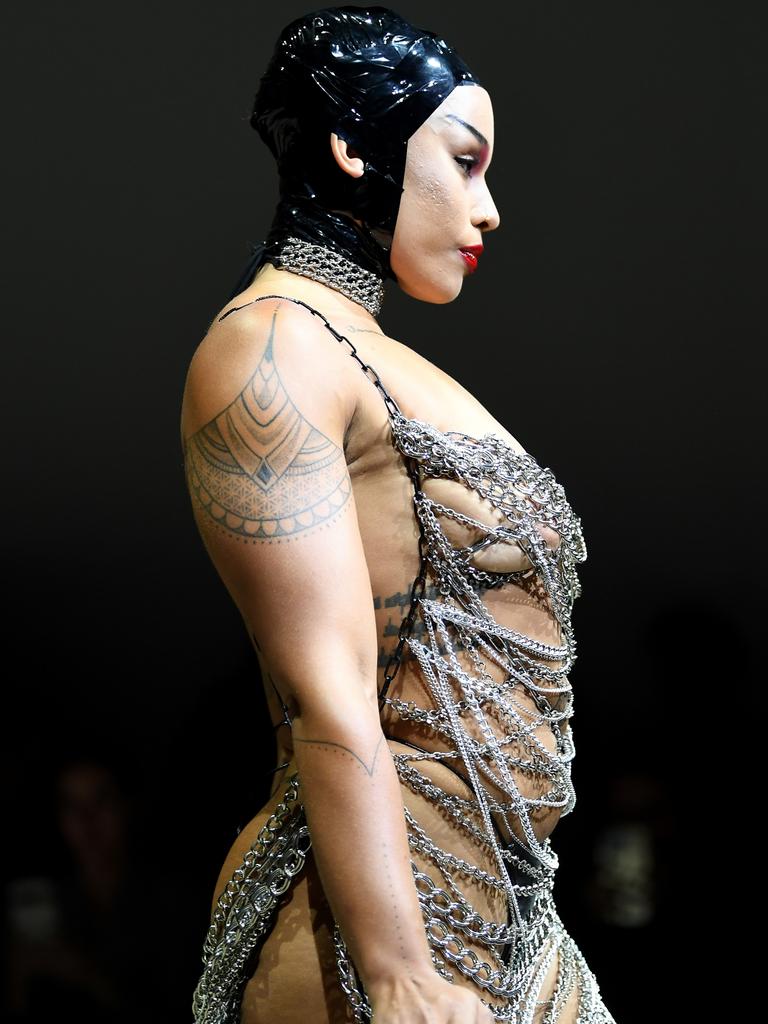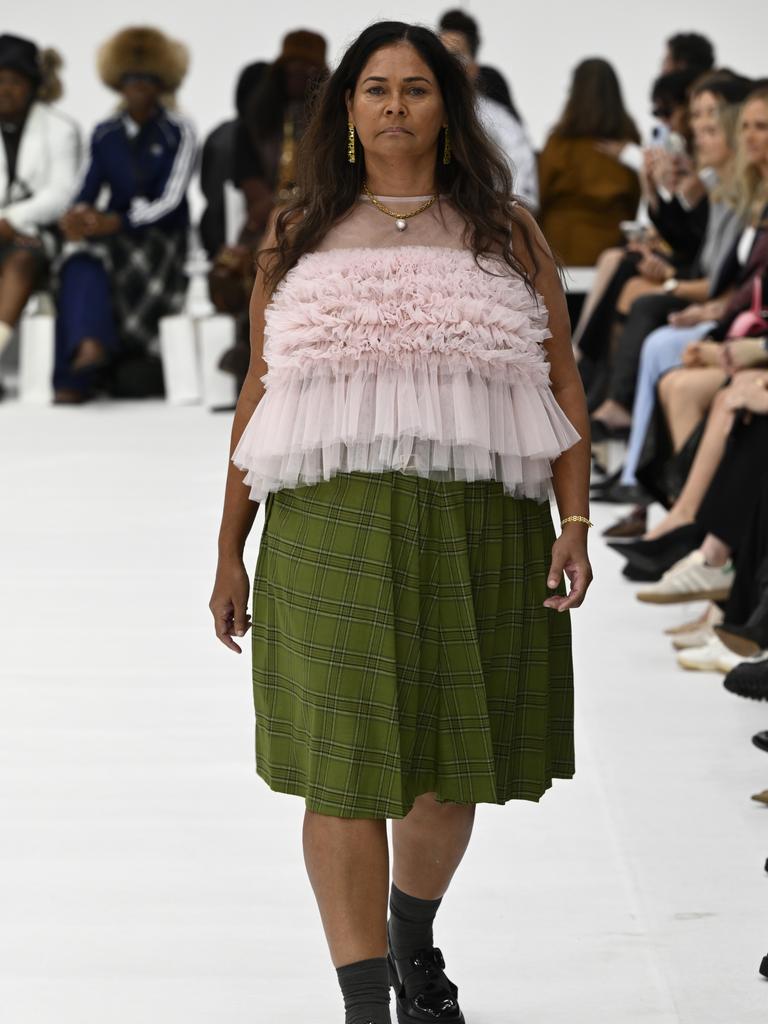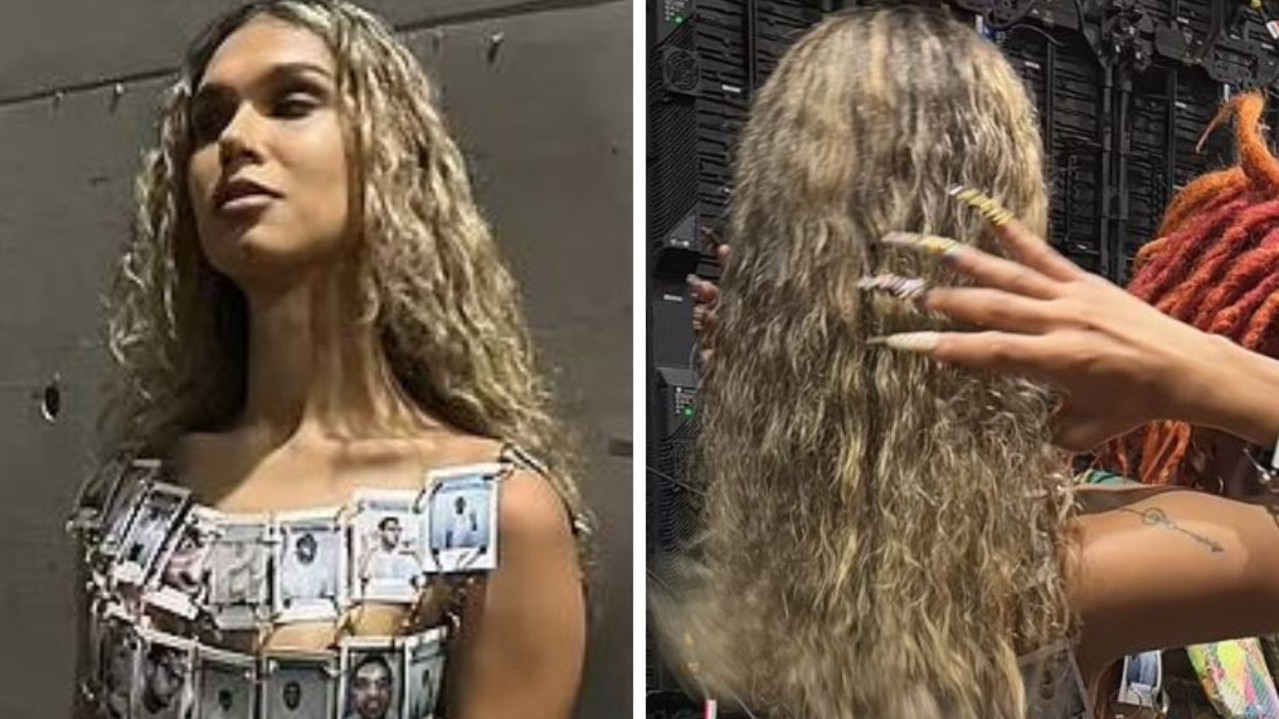‘No excuse’: World-first report in Australia exposes grim truth
A world-first report of size inclusivity at Australian Fashion Week has painted a grim picture of representation in our local industry.

A world-first report of size inclusivity at Australian Fashion Week has painted a grim picture of representation in our local industry.
Following the structure traditionally employed by Vogue Business for both the spring/summer and autumn/winter seasons across Paris, London, New York and Milan, Vogue Australia analysed every runway show from last week’s schedule to determine the proportion of total looks that were straight-size (AU 4-8), mid-size (AU 10-16) and plus-size (AU 18+).
The report found that of the 1209 looks presented by 38 separate designers, just 1.1 per cent were plus-size and 8.7 per cent were mid-size. The overwhelming majority – 90.2 per cent of the total looks – were straight-size, proving the scene at AFW is as bleak as those of its international counterparts. For context, the average Australian woman wears a size 14 to 16.

In The Sydney Morning Herald’s fashion week wrap, the masthead’s style editor Damien Woolnough described the “focus” at some shows as “disappointingly thin”.
“The Ozempic runway has come to Australian Fashion Week,” Woolnough declared, “with many designers discarding any attempts at size diversity and casting sample-sized models.”
Nicol & Ford’s Katie-Louise and Lilian Nicol-Ford – whose show led the size-inclusive presentations, with 44 per cent (11) of straight-size and mid-size looks respectively, and 12 per cent (3) plus-size looks – told Vogue representation was a no-brainer.
“We cast our shows entirely from our community,” the pair said.
“We do keep in mind that we want our runways to have a broad representation – across size, gender and sexuality, aiming to utilise a range of beautiful bodies as vehicles for the narratives underpinning our work.”



Mastani ranked second for inclusivity, with 53.1 per cent (17) straight-size looks, 40.6 per cent (13) mid-size looks, and 6.3 per cent (2) plus-size looks.
Abby Potter’s House of Campbell, Emily Watson, and Jordan Gogos’ Iordanes Spyridon Gogos rounded out the top five – the latter with the most plus-size models of all the designers who showed for resort 2025 at AFW.
For Gogos, “it wasn’t intentional”. “I love different bodies. I come from a household and family of predominantly all plus-size women who love who they are,” he added.
“Being anything other wasn’t really a topic of discussion growing up.”

Asked about the global decline in size inclusivity across the international fashion weeks, House of Campbell’s Potter explained that casting decisions often go hand-in-hand with the financial realities of manufacturing.
“Creating a diverse runway requires grading samples before production, which can add costs and shorten development timelines,” she said.
“It’s understandable that some brands feel they can’t afford these extra expenses, leading to fewer mid and plus-size models on the runway.”
Given that her own brand is an “emerging” one “with limited resources”, however, “we’ve shown that it’s possible to uphold our values and prioritise representation”.
“There’s no longer an excuse for not reflecting the diversity of our audience on the runway,” the designer added.
“It’s time for the industry to adopt new methods that support a more inclusive and values-driven approach to fashion.”

Fostering diversity is also, Potter pointed out, more commercially beneficial in the long-term.
“It’s not just about doing the right thing; it makes complete business sense too,” she said.
“If I can’t envision myself in a brand’s clothing, I’m less likely to buy it. When a brand actively considers various body shapes and sizes, it builds trust and loyalty with its customers.
“If other brands don’t feel this responsibility, they should at least consider it from a commercial perspective. Inclusive representation can enhance customer trust and broaden their market reach. It’s about making fashion accessible and relatable, and that benefits both the community and the business.”
The lack of inclusivity not just at shows, but also in media outlets' coverage of the street style at Carriageworks – which tended to focus on one homogenous body – has been a major talking point.
More Coverage
“Diversity at Australian Fashion Week is not getting any better,” freelance writer, content creator and podcaster, Maggie Zhou, said in a video on TikTok.
“That fact is really usually obvious on the runways, but now we’re seeing it so much so in our street style … I feel like the street style (wrap-ups) for a lot of media publications are just really leaning heavily into, like, the model-off-duty look, right?
“Street style doesn’t seem to be about the style as much, rather than, ‘Oh, it’s a hot person who photographs well’ … It’s blatantly obvious that some people were photographed because they were thin, and pretty, and more often than not, white … We are going backwards.”






